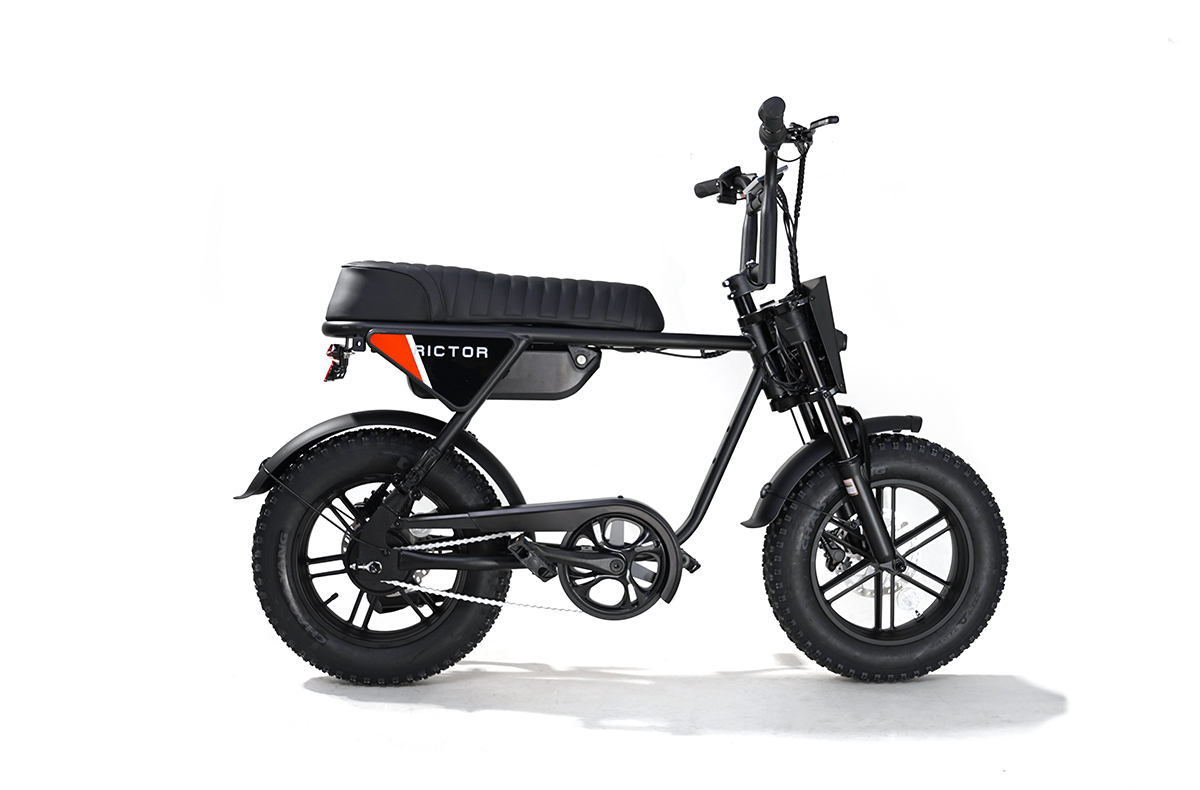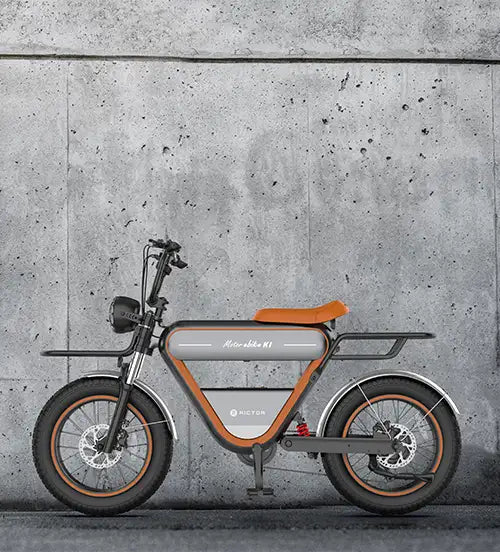
Summary of Bicycle and E-bike Helmet Laws in the United States
The United States has no federal bicycle or e-bike helmet mandate. Instead, helmet laws are established at the state and local levels, creating a complex patchwork of regulations that vary considerably across the country. Many states have enacted specific helmet laws for electric bicycles (e-bikes) that often differ from traditional bicycle regulations, frequently taking into account different e-bike classifications (Class 1, 2, and 3) and rider age.
Key Statistics on State Helmet Laws
-
21 states and DC have statewide mandatory bicycle helmet laws for traditional bicycles
-
29 states have no statewide bicycle helmet laws for traditional bicycles
-
Age requirements for mandatory helmet use range from under 12 (Louisiana, Pennsylvania) to under 18 (California, Delaware, New Mexico)
-
E-bike regulations are often stricter, with some states requiring helmets for all riders regardless of age, particularly for Class 3 e-bikes
States with Statewide Traditional Bicycle Helmet Laws
| Age Threshold | States |
|---|---|
| Under 12 | Louisiana, Pennsylvania |
| Under 14 | New York |
| Under 15 | West Virginia |
| Under 16 | Alabama, Connecticut, District of Columbia, Florida, Georgia, Hawaii, Maine, Maryland, Massachusetts, New Hampshire, North Carolina, Oregon, Rhode Island, Tennessee |
| Under 17 | New Jersey |
| Under 18 | California, Delaware, New Mexico |
E-Bike Helmet Requirements by Class
E-bikes are typically categorized into three classes:
-
Class 1: Pedal-assist only (no throttle), maximum speed of 20 mph
-
Class 2: Throttle-assist, maximum speed of 20 mph
-
Class 3: Pedal-assist only (no throttle), maximum speed of 28 mph
States with All-Ages E-Bike Helmet Requirements
-
All E-Bike Classes: Alabama, Connecticut, Massachusetts
-
Class 3 Only: California, Georgia, Louisiana, New York, Ohio, Tennessee, Virginia
-
Class 1 & 3: West Virginia
States with Age-Based E-Bike Helmet Requirements
-
Under 21: Arkansas, Colorado (Class 3)
-
Under 18: Indiana, New Hampshire (Class 3)
-
Under 17: New Jersey (All classes)
-
Under 16: Delaware, Florida, Hawaii, Maine, Maryland, North Carolina, Oregon, Rhode Island (All classes)
-
Under 12: Pennsylvania (All classes)
SEE ALSO Which Is Better: 500W or 750W Electric Bike for Your Riding Style?
States Without Statewide Traditional Bicycle or E-Bike Helmet Laws
Alaska, Arizona, Idaho, Illinois, Iowa, Minnesota, Mississippi, Nebraska, South Carolina, South Dakota, Utah, Vermont, Wisconsin, Wyoming
Impact of Local Ordinances on E-Bike Riders
Many localities have enacted stricter helmet laws than their states:
-
Some cities require helmets for all e-bike riders regardless of age or e-bike class
-
Local regulations may specify different rules for bike paths versus roadways
-
E-bike riders should be particularly attentive to local rules as enforcement can be stricter due to the higher speeds and perceived risks
E-Bike Specific Penalties
Some jurisdictions have implemented specific penalties for e-bike riders:
-
Higher fines for e-bike riders compared to traditional cyclists
-
Potential impoundment of e-bikes for repeat violations
-
In some states, e-bike violations are treated under motorized vehicle statutes, resulting in more severe consequences
The Critical Importance of Helmets for E-Bike Riders
The speed capability of e-bikes creates significant safety concerns that make helmet use essential:
-
Speed Perspective: A Class 3 e-bike traveling at 28 mph hits with roughly the same force as jumping from a second-story window. At these speeds, reaction time is dramatically reduced while impact force is significantly increased.
-
Injury Risk Without Helmets: Head injuries from e-bike accidents without helmets are often severe. Medical studies show that unhelmeted e-bike riders suffer traumatic brain injuries at three times the rate of traditional cyclists in comparable crashes.
-
Protective Benefits: Properly fitted bicycle helmets reduce the risk of head injuries by up to 85% and brain injuries by up to 88% during an e-bike crash. The protection is particularly critical for e-bikes due to their higher average speeds.
-
Real-World Impact: Even at lower speeds, e-bikes' weight (typically 20-30 pounds heavier than traditional bikes) significantly increases momentum in crashes, directing more force toward the rider upon sudden stops.
-
Visibility Factor: Helmets, especially those with reflective elements or integrated lights, make e-bike riders more visible to vehicles and pedestrians, preventing accidents before they happen.
Conclusion
As technology advances, the electric bike market continues to evolve with consumers consistently seeking faster, more powerful models. This pursuit of speed – whether it's the latest Class 3 e-bike or modified models pushing beyond regulatory limits – comes with significantly increased risks. At higher speeds, reaction time shrinks dramatically while stopping distance and impact force multiply exponentially.
What feels like an exhilarating ride can transform into a dangerous situation in a split second. A 30 mph e-bike crash without a helmet can result in injuries comparable to a car accident at similar speeds, but without the protective cage a vehicle provides.
The few seconds it takes to put on a helmet could be the difference between walking away from an accident or facing life-altering consequences. Cycling your retro style electric bike with helmet!
FAQs
How many states have mandatory bicycle helmet laws?
21 states plus the District of Columbia have statewide mandatory bicycle helmet laws for traditional bicycles, usually targeting younger riders.
Do all states require helmets for Class 3 e-bikes?
Not all states, but many states have stricter helmet requirements for Class 3 e-bikes. States like California, Georgia, Louisiana, New York, Ohio, Tennessee, and Virginia require all riders of Class 3 e-bikes to wear helmets regardless of age.
What are the penalties for not wearing a helmet when required?
Penalties vary widely by jurisdiction but can include fines (ranging from $15 to $140), mandatory bicycle safety education, and in some cases, temporary bicycle impoundment for repeat offenses.




